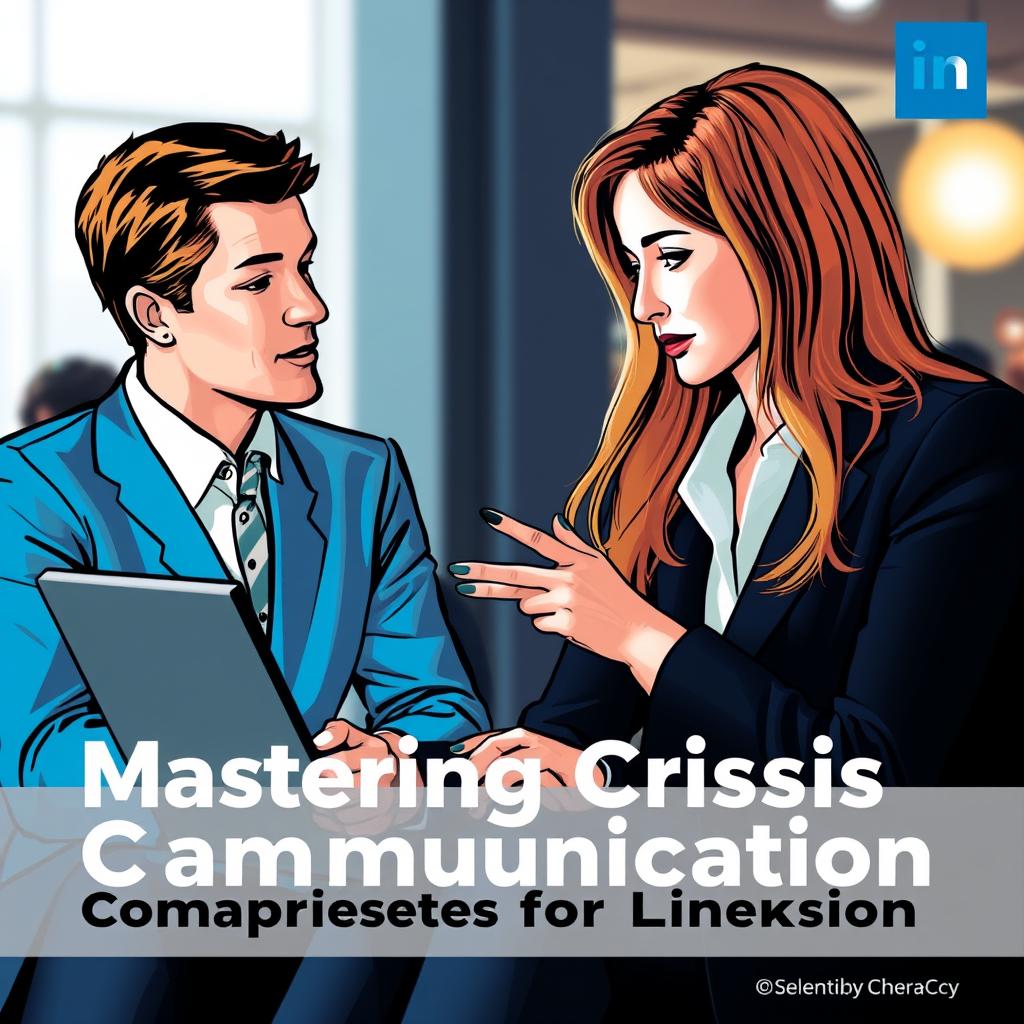Crafting Compelling Professional Bios: Transform Resumes into Engaging Narratives
Estimated reading time: 5 minutes
- Learn the importance of storytelling in professional bios.
- Discover frameworks for structuring your bio effectively.
- Avoid common pitfalls that weaken your bio’s impact.
- Implement actionable steps to enhance your professional narrative.
- Utilize resources for continuous improvement in professional communication.
Table of contents
Introduction
In a world where first impressions often occur behind a screen, the importance of a well-crafted professional biography cannot be overstated. A professional bio is more than just a mere collection of credentials—it’s a storytelling medium that connects you with your audience on a deeper, more engaging level. Every day, professionals from all walks of life lose opportunities due to bios that fail to resonate, engage, or differentiate them from the competition.
Why does this happen? Often, the crux of the issue lies in the lack of personal storytelling elements—many bios resemble bland resumes, listing duties rather than highlighting interests, passions, or standout achievements. This disconnect can limit the potential for connection, influencing how individuals are perceived in professional networking scenarios, on social media platforms, or while seeking a new job.
At professionalizeitto.me, we recognize the critical importance of transforming these narratives to breathe life into your professional identity. We challenge you to view your bio not as a static piece of text but as a powerful tool to tell your story, showcase your unique skills, and resonate with your audience. In this blog post, we’ll explore best practices for creating professional bios that stand out, share practical examples and templates, and encourage you to take actionable steps to elevate your communication.
Examples and Templates
Understanding how to structure your professional bio can significantly enhance its impact. Here are some effective methods to keep in mind:
The Narrative Arc
A compelling professional bio can be constructed using a classic three-act story structure:
- Setup:
Introduce yourself, including your background and current position.
Example: “I’m Jane Doe, a Marketing Executive with over ten years of experience in driving brand success in the tech industry. My journey began as a student with a passion for digital storytelling…” - Confrontation:
Discuss challenges you faced that shaped your career.
Example: “In 2020, I led a team through the challenges of a digital shift during a global pandemic, ensuring our product’s relevance in a rapidly changing market.” - Resolution:
Highlight achievements, key skills, and future aspirations.
Example: “Today, I leverage data-driven strategies to lead my team toward innovative campaigns. I’m excited to explore the evolving landscape of artificial intelligence in marketing.”
“Show, Don’t Tell”
Transform your bio by sharing specific experiences and anecdotes, rather than making general claims. This approach engages your reader and adds depth.
- Showing: “I orchestrated a comprehensive social media strategy at TechStart Inc., influencing a 40% growth in lead generation within three months.”
- Telling: “I am a successful marketing professional.”
Authenticity and Sub-Stories
Adding personal touches while maintaining professionalism is crucial. Consider including personal interests that align with your professional image. Think of short anecdotes that exhibit your leadership or problem-solving skills, like mediating team conflicts during a project.
Brevity and Clarity
The length of your bio should depend on the platform and audience. Here’s a quick guideline:
- Short bio (75-150 words): For social media platforms like Twitter.
- Medium bio (150-300 words): Ideal for LinkedIn profiles.
- Long bio (300-500 words): Suitable for personal websites and detailed profiles.
Pitfalls to Avoid
- Generic Claims: Use specific achievements instead of clichés. Instead of saying, “I’m a team player,” state how your collaboration led to significant outcomes.
- Lack of Context: Tailor your bio based on the platform. Research the audience to ensure relevance.
- Ignoring Failures: Frame failures positively, showcasing what you learned and how you grew from the experience.
Narrative Voice and Tone
Adopt a consistent voice that reflects your professional persona. A more formal tone may be appropriate for corporate settings, while a creative and engaging style works for industries like marketing or design.
Formatting Considerations
Enhance readability by using bullet points for key achievements, clear headings for organizing sections, and adequate white space to avoid overwhelming the reader.
Call to Action
End your bio with a call to action. Depending on your goals, you might invite readers to connect on LinkedIn, download your resume, or visit your website.
Example: “Let’s connect on LinkedIn to explore innovative marketing strategies together.”
Getting Started with Your Bio
Now that you understand the essentials of crafting an engaging professional bio, it’s time to put these principles into practice.
Action Steps:
- Visit professionalizeitto.me: Explore our resources for detailed guides and further insights on professional communication.
- Subscribe to our Newsletter: Stay updated on tips and best practices for effective written communication.
- Book a Consultation: Our team is ready to help you tailor your bio and other communications to enhance your professional presence.
- Access Premium Content: Unlock specialized tools designed to refine your writing skills and elevate your professional narrative.
By taking these actionable steps, you’re not just improving your biography—you’re stepping into a realm of professional communication that enhances your personal brand, drives connections, and opens doors to new opportunities.
Final Thoughts
In conclusion, a vibrant professional bio that tells your story can significantly differentiate you from the crowd. Avoid common pitfalls, embrace the power of storytelling, and invest in your personal and professional growth by utilizing the resources available at professionalizeitto.me.
Embrace the challenge of transforming your written communications into tools that resonate with your audience and reflect your true self.
FAQ
What should I include in my professional bio?
Your professional bio should include your current position, previous experience, key achievements, and personal elements that reflect your unique story.
How long should my bio be?
It depends on the platform—short bios (75-150 words) for social media, medium (150-300 words) for LinkedIn, and long bios (300-500 words) for personal websites.
Why is storytelling important in a bio?
Storytelling makes your bio more engaging, helping you connect with your audience on a personal level rather than just presenting a list of credentials.
Should I include personal interests in my bio?
Yes, including personal interests can add authenticity and make your bio more relatable, provided they align with your professional image.
How can I avoid clichés in my bio?
Focus on specific achievements and use concrete examples rather than generic statements to demonstrate your strengths.



